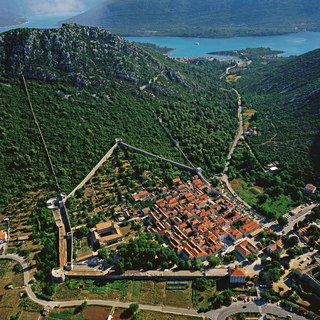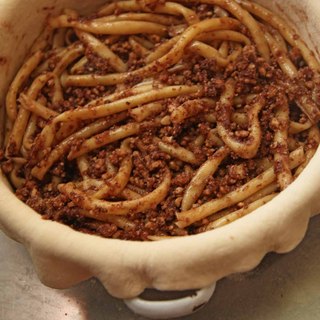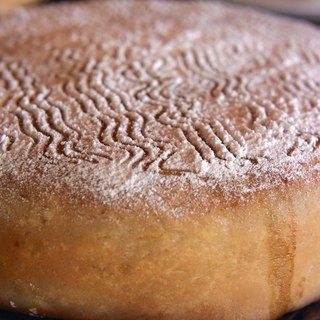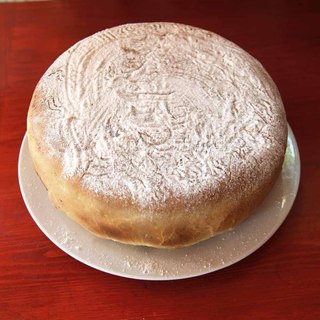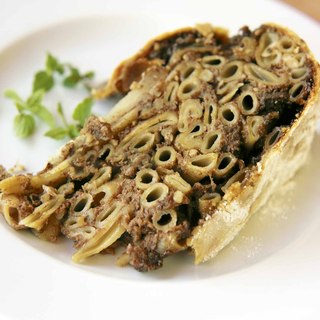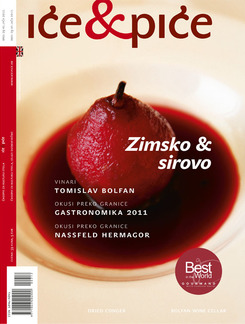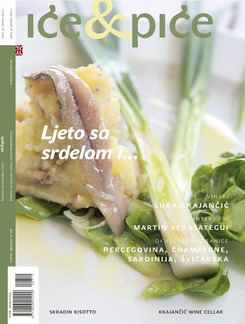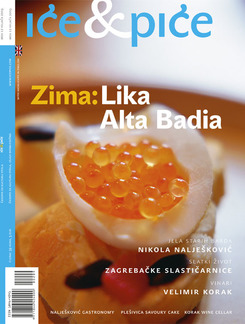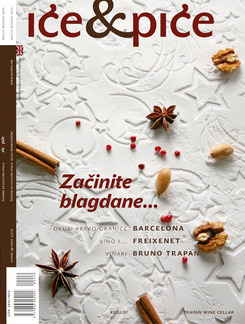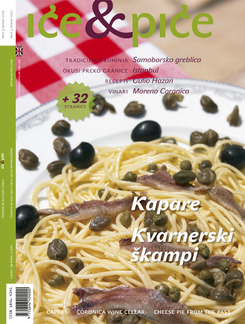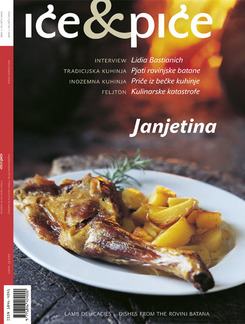My gran doesn’t know where she got the recipe from but she has had it a long time and often makes macaroni. This is the real goods about the torte from Pelješac, actually from Ston. Our investigations didn’t reveal anything precise, only that the recipe has been handed down from generation to generation. No one available to boast of facts from the archives of history, just an incomplete oral tradition. But perhaps we might set someone off on the trail...
Like an old sea dog that remembers much, apparently rough and indomitable, in fact, Pelješac, with its sun-drenched slopes of meticulously cultivated vineyards, its blue-green sandy beaches that retiringly keep the secrets of ancient memories, with its stone facades and defensive walls, memories of a long and famous history, is pliant, hospitable and kind, but still, persistent in its individuality, which needs to be experienced.
How do you best and most authentically experience this specialness of Pelješac if not through meetings with people with the Pelješac people, their lifestyle, customs, manner of living? And the way of life, the essence of it, the most subtle part is absolutely the table tradition, this cult place of extremely diverse human encounters – political, business, amicable, familial, amorous and so on.
And when you set out to make the acquaintance of the region, where else first but Ston, little town on the sea on the isthmus that links the peninsula with the mainland? It’s a little town with a big history and curiosities known throughout the world. It has the longest fortification system in the world next to the Great Wall; it has the oldest salt pan system in Europe, perhaps in the world, still producing salt naturally as in the centuries gone past.
Plavac Mali, Dingač and Postup (grapes/wines) and Ston oysters are just some of the characteristics of the Ston table, essential place for getting to know the region. And the famed Ston torte of macaroni can also be listed in this society of Pelješac treats known far and wide. It’s a superb and original traditional treat that was once baked for special occasions such as Christmas and Easter. And this charming and above all extremely tasty tradition is still holding its own. Its ingredients – the macaroni, butter, lemon, walnuts, almonds, cinnamon and vanilla – tell of its roots in the wider Mediterranean, and in the way it’s prepared, in the quantity and proportions of the ingredients, it gives free rein to individual creativity.
Have a go at this simple recipe and find out for yourself about a taste that irresistibly calls up the images and scents and savours of the Med... The torte (and we thank her) was prepared by Nina Erceg.
Nela Vlašić: I’m from Mali Ston. I know that this is a tradition, and some call it Dubrovnik or Ston Torte. They’re all the same thing. The recipe is handed down from generation to generation, but everyone adds a bit. I think that this recipe of mine is the best, he-he-he. I don’t know the history, or any legends, or how old it is. In our family we have the tradition of making this torte twice a year – for Carnival and All Saints.
